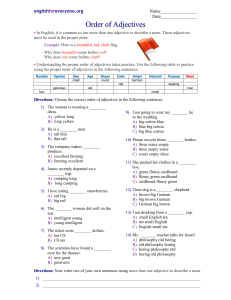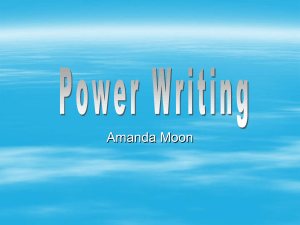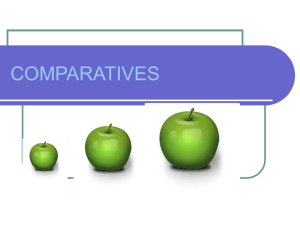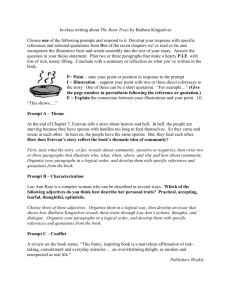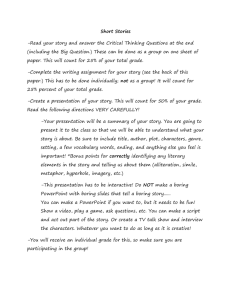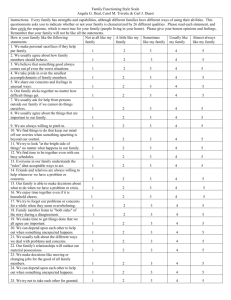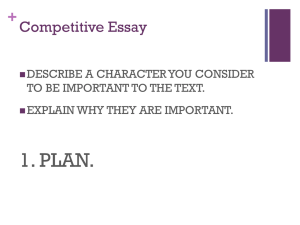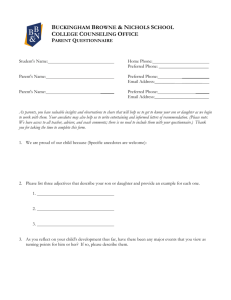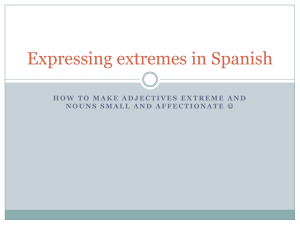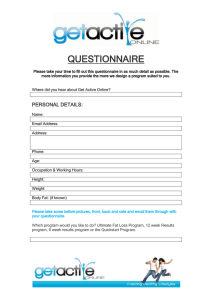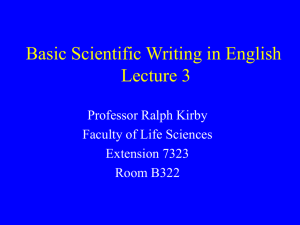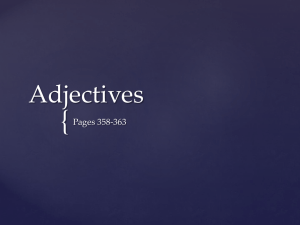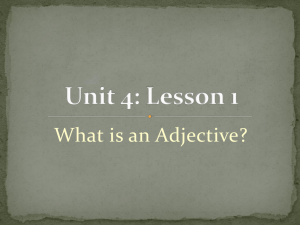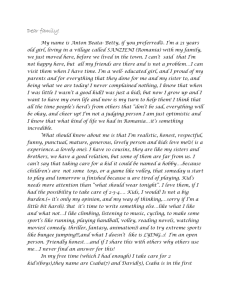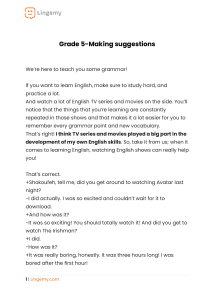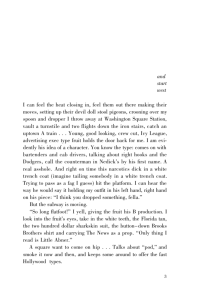The Good, the Bad, and the Boring: Letters of Recommendation
advertisement
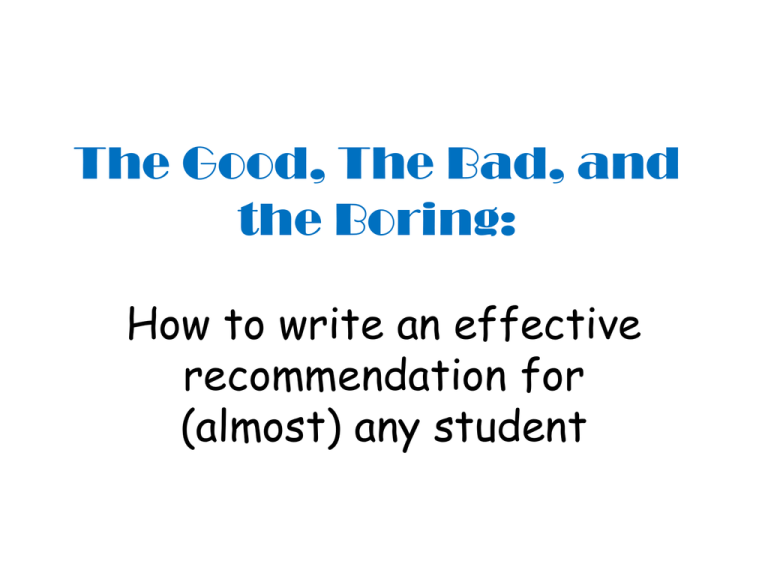
The Good, The Bad, and the Boring: How to write an effective recommendation for (almost) any student The Basics • • • • Introduction Academic context Context of the student in the community Conclusion and endorsement Information gathering • Ask for a student resume • Have the student answer specific questions or a questionnaire • Collect comments from progress reports or teachers • Ask for parental feedback or a questionnaire • Interview student The Good • Often the easiest letter to write because the student is so outstanding, the letter practically writes itself. • Explain the background or situation and why you think s/he is outstanding. Your student doesn’t have to be one of the best in the nation to be one of the best in your community. • Give specific details and examples. Help the college understand school and community context and why this particular student stands out. • Explain achievements if necessary, give details and descriptions. • Avoid hyperbole, even for the most extraordinary. It will only weaken your credibility and thus your ability to advocate. And as much as you love them, keep it to a page. (With legible font size!) The Bad • Often the trickiest letters to write • Know your administration – would a letter with negative feedback cause you future problems? • Create a “non-recommendation” with faint or no praise, simply facts • Make it shorter than your usual letter • Ask the college to call you to speak further about the student, and leave your concerns for that call • Be tactful, but honest. Protect your ethics, and the relationship with the college. (Substitute “fired” for expelled, and you get the drift…) The Boring • AKA: The kid who gives you no feedback, the enigma, or the kid you have never seen before • Fall back on the data you have without the student’s input • Focus on the positive information you do have, even if it is only one point • Avoid creative writing • Your letter can still read as very supportive even if the student is not a star • Rely on the basics mentioned earlier Tips and Tricks • Make the format of the letter interesting to read. For example, title the paragraphs for the reader, or use alliteration, (Sarah as a “scholar, senator, student of service.”) • Use quotes, lines from poetry or songs. (Be careful not to be corny or sappy.) • Think about how your community views the student, and if any relevant image comes to mind, make an analogy to paint a picture of the student. "Timmy is the Bill Gates/Tim Tebow/Conan O'Brien of our high school." Explain why. It can make the student stand out vividly in an admission officer's mind. • Be creative, passionate, or persuasive. Do’s and Don’ts • • • • • • • Be clear in your description Be concise Don't give laundry list of activities Don't use strings of adjectives Don't include information about you “Show” don’t “tell” - use good descriptive writing Don’t ever “recycle” a letter, specific paragraphs, or even catchy phrases or common adjectives • Be honest • Simply stated, write what you would like to read Do the best with what you have, and GOOD LUCK!
